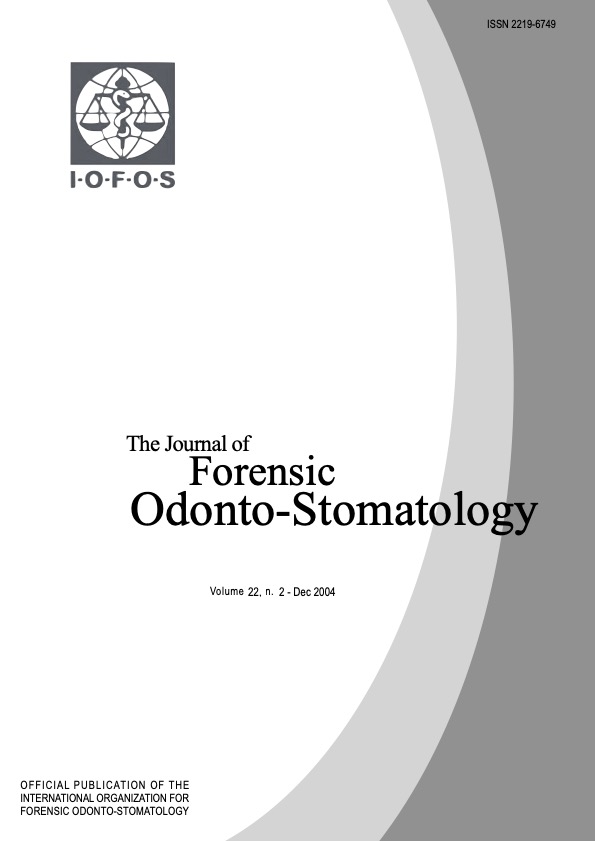Dental maturity in Belgian children using Demirijian’s method and polynomial functions: new standard curves for forensic and clinical use
Abstract
Dental maturity was studied from dental panoramic radiographs of 2523 Belgian children (1255 girls and 1268 boys) aged 2 to 18 years. The aim was to compare the efficiency of two methods of age prediction: Demirjian’s method, using differently weighted scores, and polynomial functions. The two methods present some differences: Demirjian is used to determine the maturity score as a function of age and polynomial functions are used to determine age as a function of the maturity score. We present, for each method, gender-specific dental maturity tables and curves for Belgian children. Girls always present advanced dental maturity compared with boys. The polynomial functions are highly reliable (0.21% of incorrect classifications) and the percentile method, using Belgian weighted scores, is very accurate (± 2.08 years on average, between 2 and 16 years of age).

